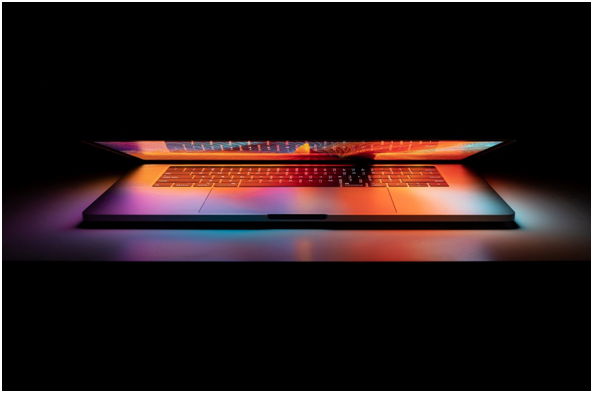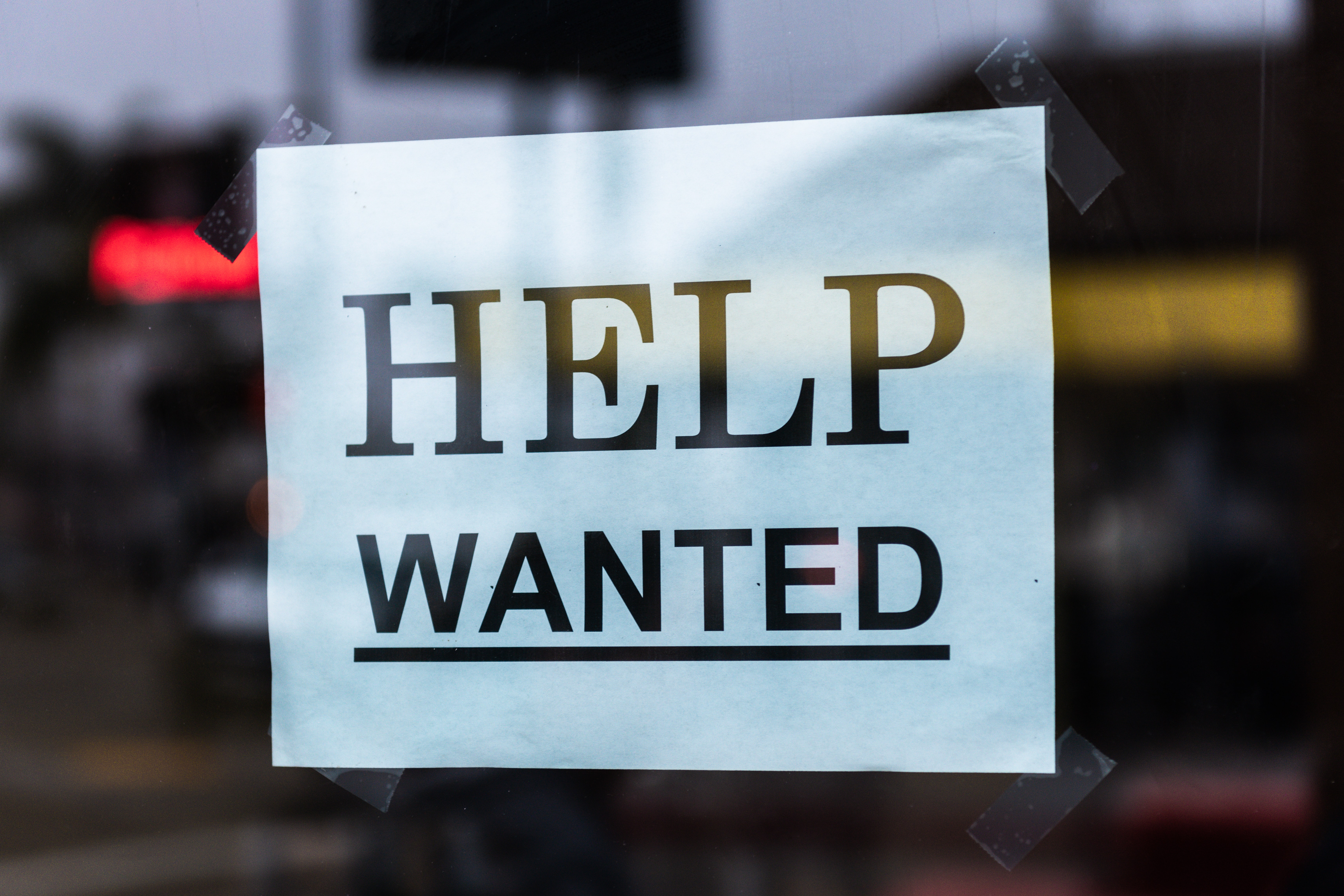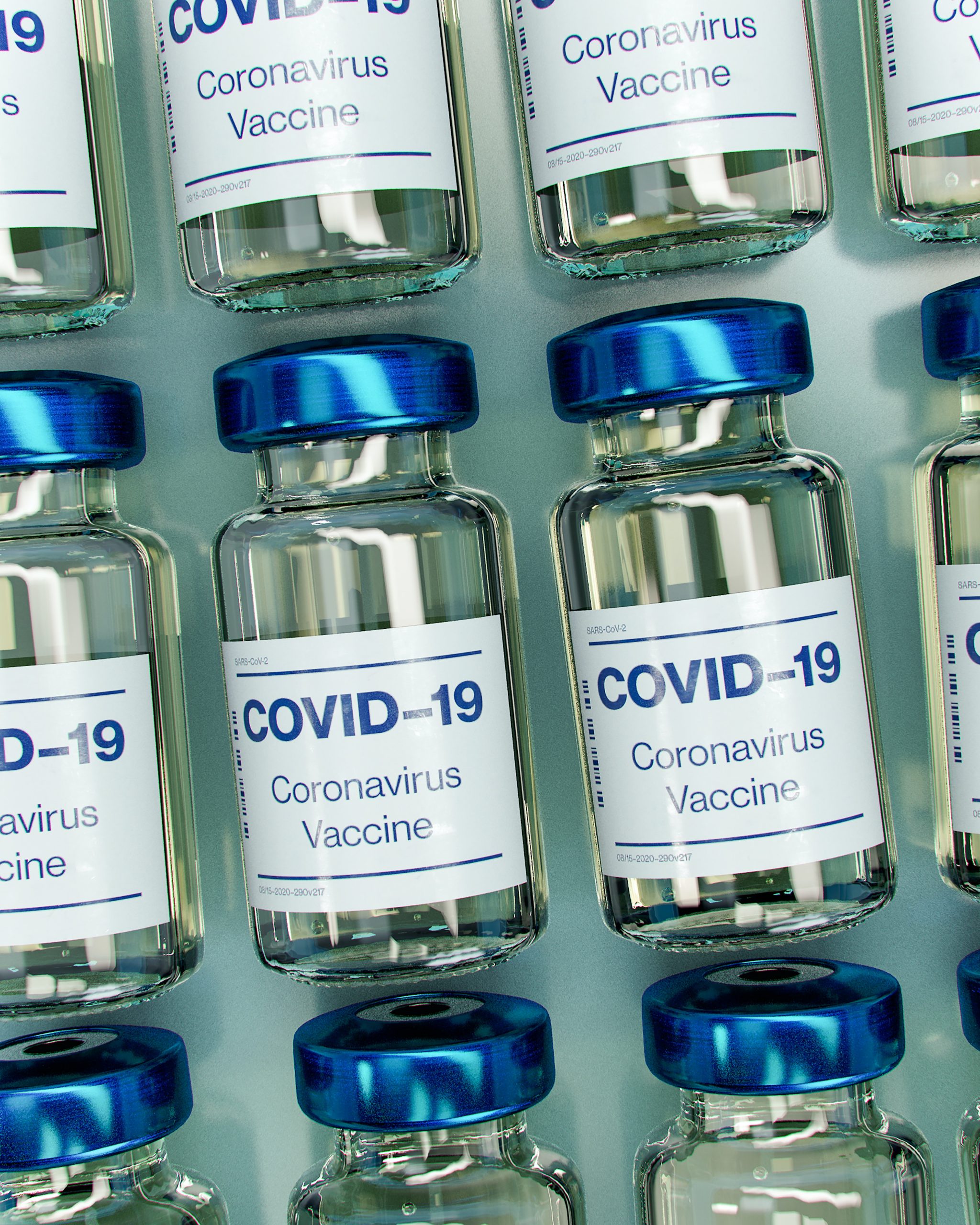The Gig Economy, Health Coverage, and COVID-19

In strenuous times, new economies often emerge and grow. The Great Recession lasted from the late 2000s to the early 2010s. Since 2010, CNBC reports that the gig economy has grown by over six million people. According to CNCB“The Bureau of Labor Statistics believes such ‘alternative work arrangements’ account for 10.1% of the American workforce, while the Federal Reserve pegs the share at nearly a third of American adults.” The characteristics of a gig worker are still being defined. Overall, it “typically includes people such as independent contractors and on-call and temp workers.”Many economists believe that the Great Recession paved the way for the gig economy. As people were laid off, low on money, trying to save their homes etc., they searched for new and non-traditional ways to earn money.This created growth in the gig economy.
The gig economy provides a mobility and flexibility that many labor forceparticipants find attractive. “The rise of online and app-based services such as Uber, Airbnb and Task Rabbit have contributed to gig work’s popularity.” Companies such as Uber and their subsidiary, Uber Eats, allow workers to choose their own schedules. Flexibility is an incentive that attracts workers who may already have one full-time job as well as workers who have other gigs. However, thisflexibility and mobility is matched with a lack of stability. Lack of stability is often felt most by seasonal and temporary workers.
The average gig worker does not have employer-sponsored benefits. Therefore, many gig labor force participants are responsible for their own health insurance. “Gig workers may be able to get health coverage through a spouse’s employer or through their state’s insurance exchange.” This still leaves a large part of the gig economy without healthcare. Our current healthcare system does not have a formidable answer for the gig worker. As our economy moves into another era of uncertainty and crisis amid the COVID-19 pandemic, non-traditional ways of making money will be an increasingly popular option for many people.
Source:“The gig economy has ballooned by 6 million people since 2010. Financial worries may follow” by Greg Iacurci, CNBC.
Discussion Questions:
- The government reports that self-employed workers are more likely to under report their wages. How might this negatively impact benefits such as Medicare, that are funded by that taxing of wages?
- How does the gig economy impact unemployment?













